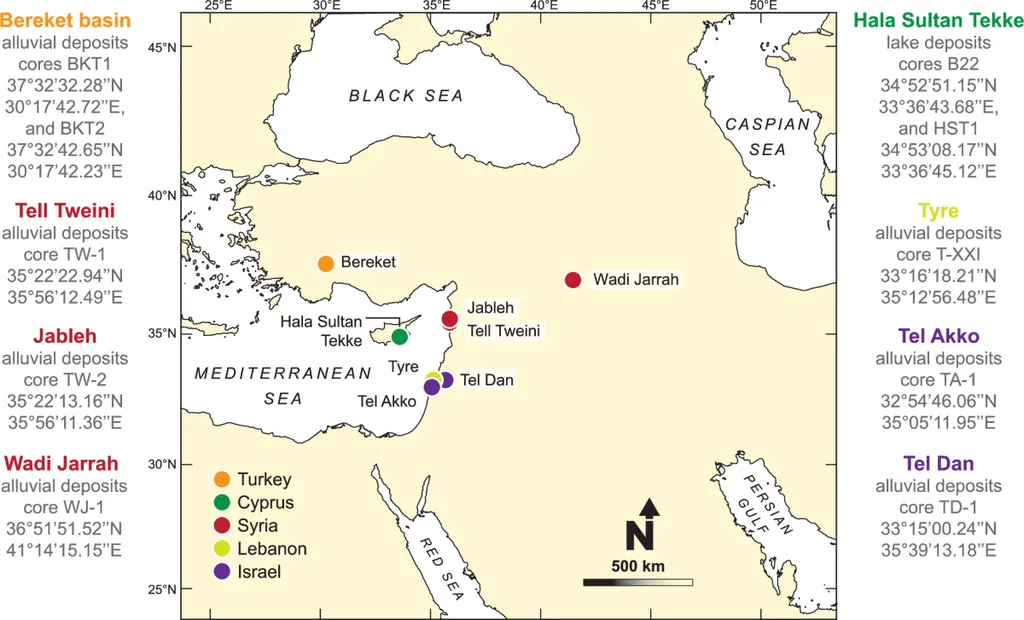In the heart of Syria, where olive trees have been cultivated for over six millennia, a recent study is shedding new light on the intricate relationship between olive fruit maturity and the quality of the oil they produce. The research, led by M. Adel Jawad from the Department of Nutrition at the Faculty of Pharmacy, University of Kalamoon, focuses on two native Syrian olive varieties, Zaity and Kaissy, and how their oil profiles evolve as the fruits ripen.
The study, published in the journal *Scientific Reports* (known in English as “Nature Scientific Reports”), reveals that the maturity stage of olive fruits significantly influences the triglyceride and fatty acid composition of the oil extracted from them. This finding has profound implications for the olive oil industry, particularly in optimizing harvest times and ensuring the authenticity and quality of the final product.
Jawad and his team collected olives from Zaity and Kaissy trees in Aleppo at three distinct maturity stages: green, turning (colored), and black. They found that Zaity olives consistently had a higher oil content than Kaissy, with both varieties showing an increase in oil content as the fruits matured. “The oil content in Zaity olives reached up to 30.8%, while Kaissy olives had a maximum of 21.2%,” Jawad explained. “This suggests that Zaity might be the more efficient variety for oil production, but both have their unique qualities.”
The research also delved into the fatty acid profiles of the oils. Oleic acid, a monounsaturated fat known for its health benefits, decreased as the fruits matured, while polyunsaturated fats like linoleic and linolenic acids increased, particularly in Kaissy olives. “The changes in fatty acid composition are not just a matter of nutritional value; they also affect the stability and shelf life of the oil,” Jawad noted.
Triglyceride analysis showed that the content of LLL (linoleic-linolenic-linolenic triglyceride) rose with maturity, especially in Kaissy olives, while OOO (oleic-oleic-oleic) and POO (palmitic-oleic-oleic) triglycerides peaked at intermediate stages and then declined. These findings suggest that the optimal harvest time for each variety depends on the desired oil profile.
The study’s implications extend beyond Syria’s borders. As the global demand for high-quality, authentic olive oil grows, understanding how variety and maturity affect oil composition becomes crucial. Producers can use these insights to harvest olives at the right time, maximizing both yield and quality. Additionally, the findings can aid in verifying the authenticity of olive oils, ensuring consumers get the genuine product they pay for.
“This research provides a scientific basis for optimizing harvest practices and can help in the development of standards for olive oil quality and authenticity,” Jawad said. “It’s not just about yield; it’s about producing oil that meets specific quality criteria and consumer expectations.”
As the olive oil industry continues to evolve, studies like this one will play a pivotal role in shaping best practices and ensuring the sustainability of this ancient yet ever-evolving agricultural sector. By understanding the nuances of olive maturity and variety, producers can unlock the full potential of their crops, benefiting both their businesses and the consumers who rely on their products.

